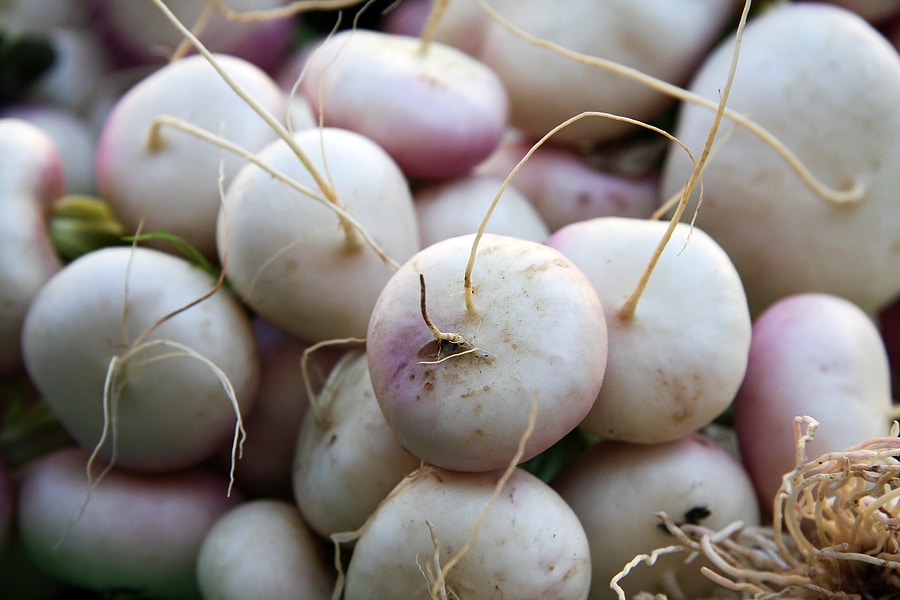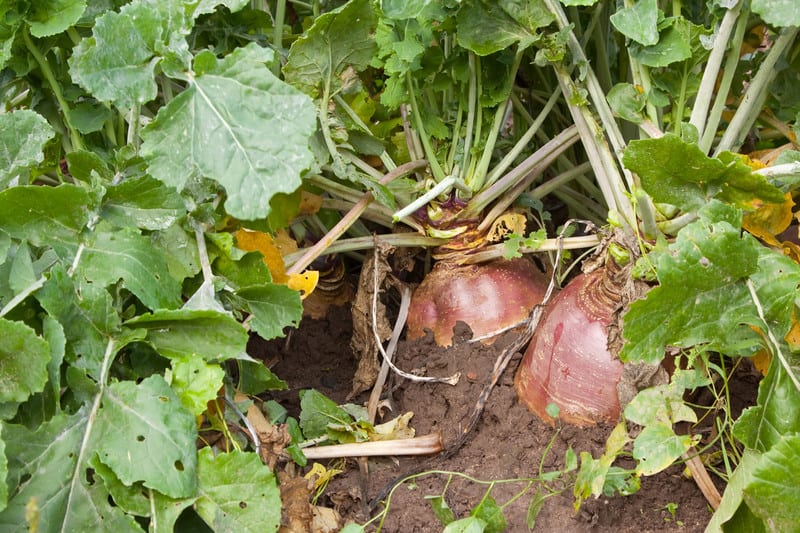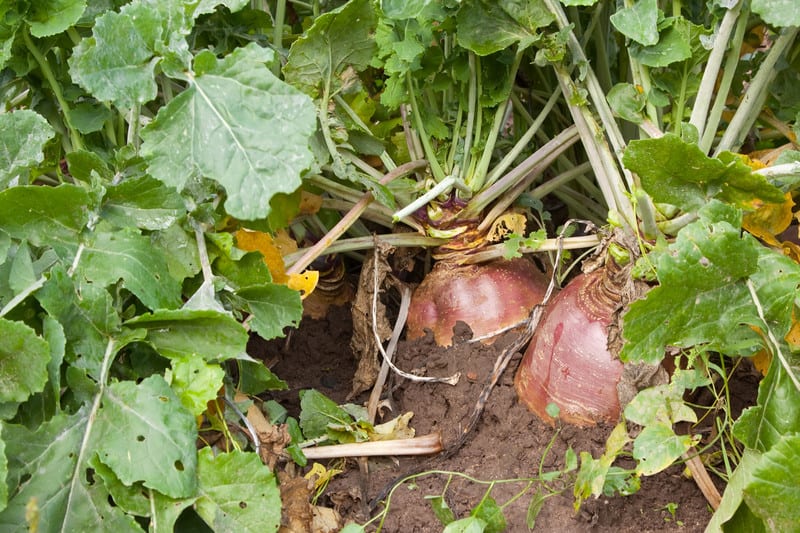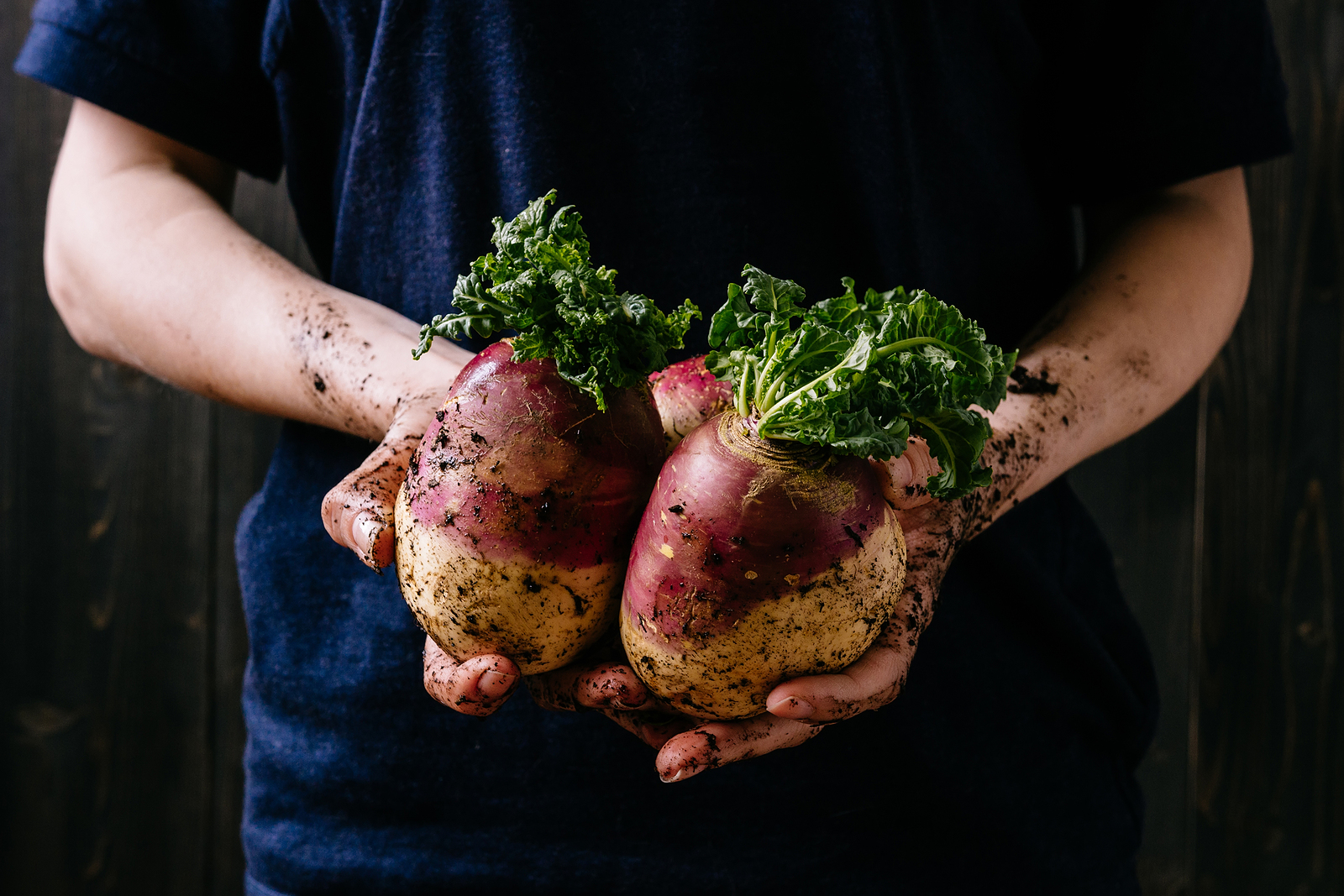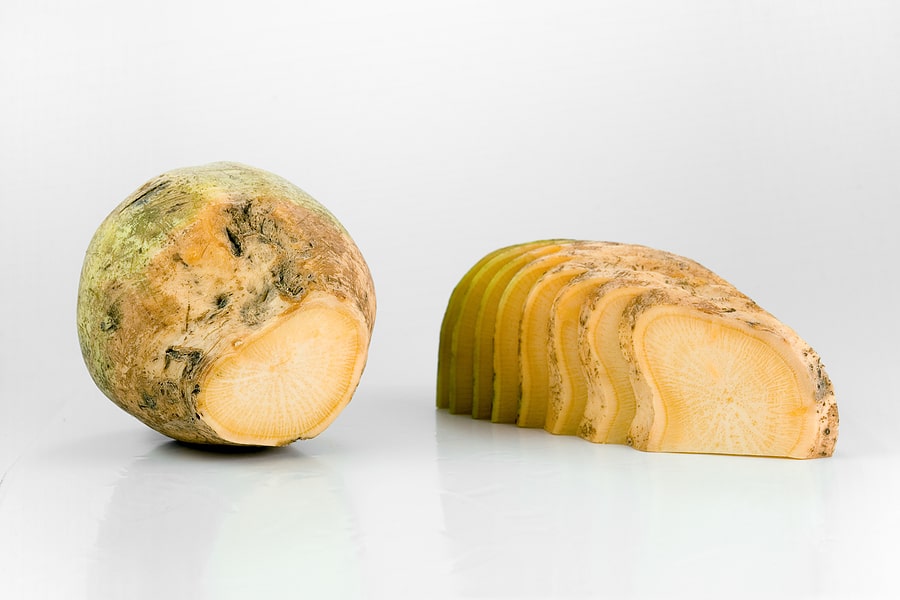Rutabaga
Latest stories
More stories
-
Rutabaga Seed Starting Tips
Rutabaga is a cool-weather crop. Sow rutabaga seed in late winter or very early spring for an early summer harvest. Direct sow seed in the garden 16 to 10 weeks before the last frost in spring. In warm regions, it’s best to sow rutabaga in mid-summer for a fall and winter harvest and use. Plant […] More
-
How to Plant and Grow Rutabaga
Rutabaga is a hardy, cool-weather biennial vegetable grown as an annual. Rutabaga is grown for its large swollen root which has a purple or creamy brown or combination of both skin and yellow or white flesh. It is larger, denser, and sweeter than a turnip. Rutabaga has a rosette of smooth, deeply lobed, deep green […] More
-
Seven Ways to Cook Rutabaga
Rutabaga is tasty served mashed with butter, cream, and spices. Sauté rutabaga in butter with apples and brown sugar, or dice and add rutabaga to vegetable soups and stews. Rutabaga harvest comes from late summer to early spring. How to choose rutabaga How to store rutabaga Kitchen Helpers from Amazon: How to prep rutabaga for […] More

